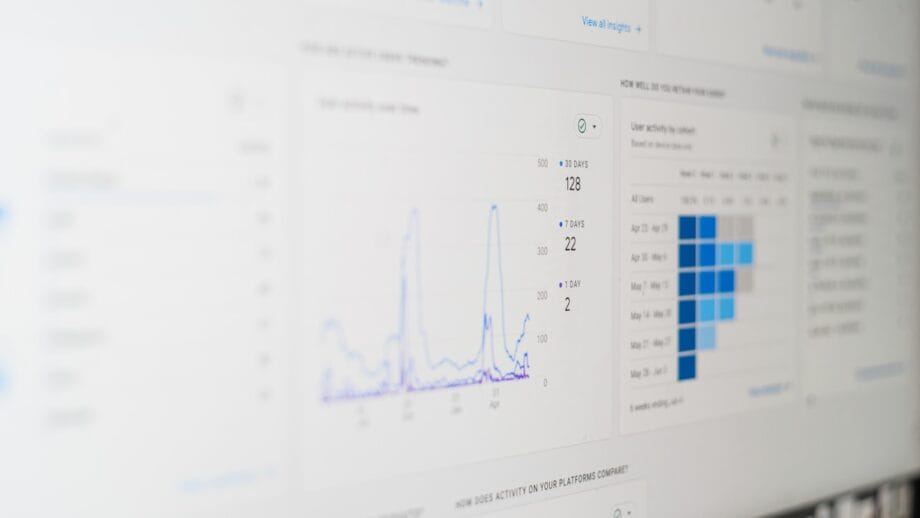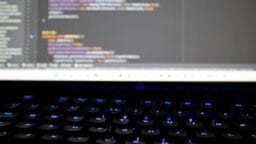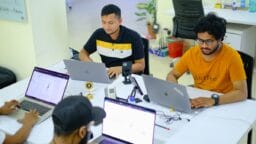President Trump Enacts Increased H-1B Visa Hiring Costs
On Friday, President Donald Trump enacted a proclamation imposing significant financial burdens on the employment of foreign workers through the H-1B visa program. This directive mandates that companies disburse a sum of $100,000 for each prospective H-1B candidate.
The administration maintains that this measure seeks to mitigate exploitative practices that dislocate American workers and compromise national security.
Effective from 12:01 a.m. EDT on September 21, 2025, the proclamation will span an initial period of 12 months, with the possibility of extension. Under this new regulation, employers wishing to secure H-1B workers from outside the United States must include the stipulated payment with their visa petitions.
The Departments of Homeland Security and State are tasked with the enforcement of this requirement, permitting limited exemptions on a case-by-case basis when deemed aligned with national interests.
Such exemptions may apply to specific petitions, entire corporations, or critical industries vital to U.S. interests.
Employers will also be obligated to maintain documentation of this payment, subject to verification and audits as per forthcoming guidelines from the DHS and the Labor Department.
This policy aims to address the increasing predominance of H-1B approvals allocated to information technology roles. Data from the U.S. Citizenship and Immigration Services (USCIS) reveals a rise in computer-related occupations from approximately 32% of H-1B approvals in 2003 to nearly 65% in recent times, despite these roles constituting only 65% of the overall IT workforce.
Officials pointed out that recent unemployment figures show 6.1% of computer science graduates and 7.5% of computer engineering graduates are currently unemployed, rates that are comparatively elevated relative to other fields.
Critics contend that leading technology firms have diminished their domestic staff while simultaneously acquiring thousands of H-1B visas.
Moreover, discussions are ongoing regarding whether the H-1B fee will be structured as an annual cost of $100,000 or as a one-time lump sum payment, though the exact details remain under consideration.
The H-1B visa permits skilled foreign professionals to work in the United States for an initial term of three years, with potential for renewal. It has persistently been a contentious topic, as it facilitates American companies in hiring proficient foreign talent, a majority of whom hail from India.
This recent policy marks a pronounced intensification of Trump’s overarching strategy to redefine U.S. immigration policy. Throughout his first administration, he constrained foreign worker visas and imposed tariffs to bolster domestic industries.
In his current term, he has escalated costs for employers that depend on foreign labor while simultaneously crafting a premium pathway for those inclined to meet these hefty financial requirements to enter the U.S. labor market.
It should be highlighted that legal scholars have suggested that the mandate for a $100,000 payment may encounter judicial scrutiny regarding its validity, especially concerning whether it surpasses presidential authority without congressional endorsement.
Implications for Indian Nationals

As indicated by official data, the USCIS approved 399,395 H-1B petitions in FY24, with Indian nationals comprising 71% of all beneficiaries (283,397), the most substantial share.
Following India, the next leading countries included China (11.7%; 46,680), the Philippines (1.3%; 5,248), Canada (1.1%; 4,222), and South Korea (1%; 3,983). Given this distribution, Indian candidates and their U.S. employers will likely be disproportionately impacted by any new costs associated with approvals or entries mandated by the proclamation.
Additionally, the U.S. government has recently tightened visa regulations, rescinding the option for applicants to arrange interviews in third countries.
Previously, many Indians utilized consulates in Singapore, Thailand, or the UAE to circumvent lengthy wait times in India. However, they must now apply from their home country.
Source link: Indianstartupnews.com.






